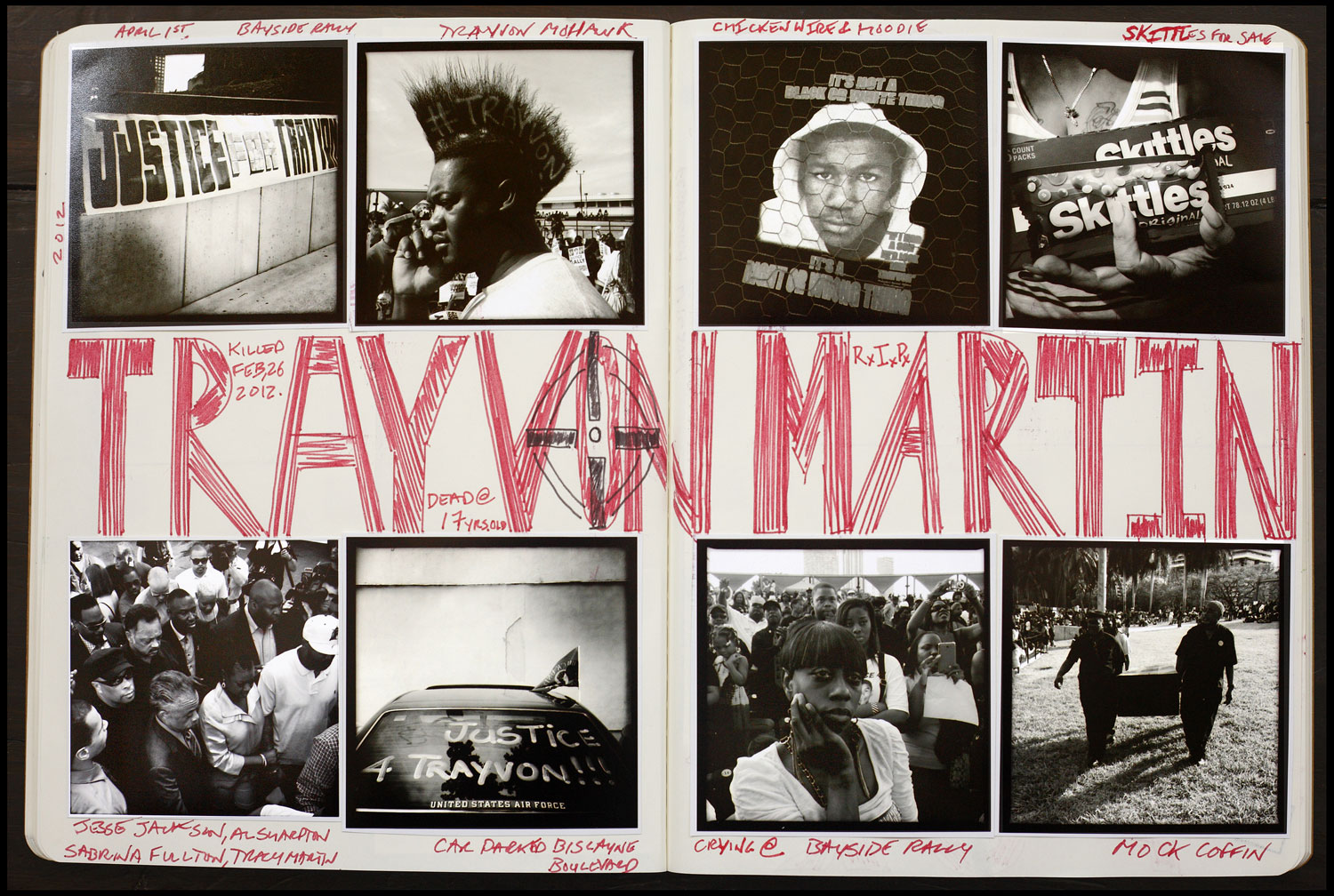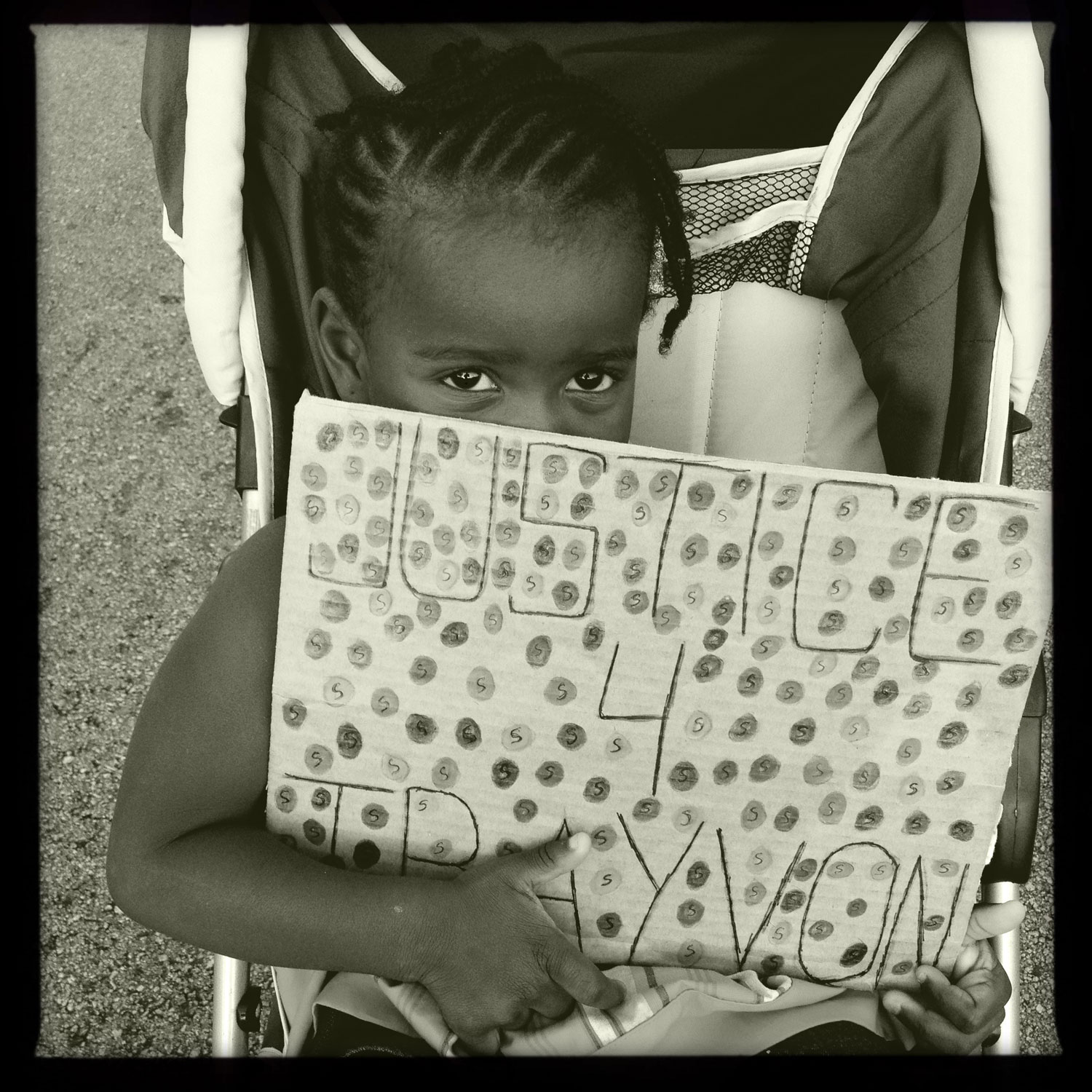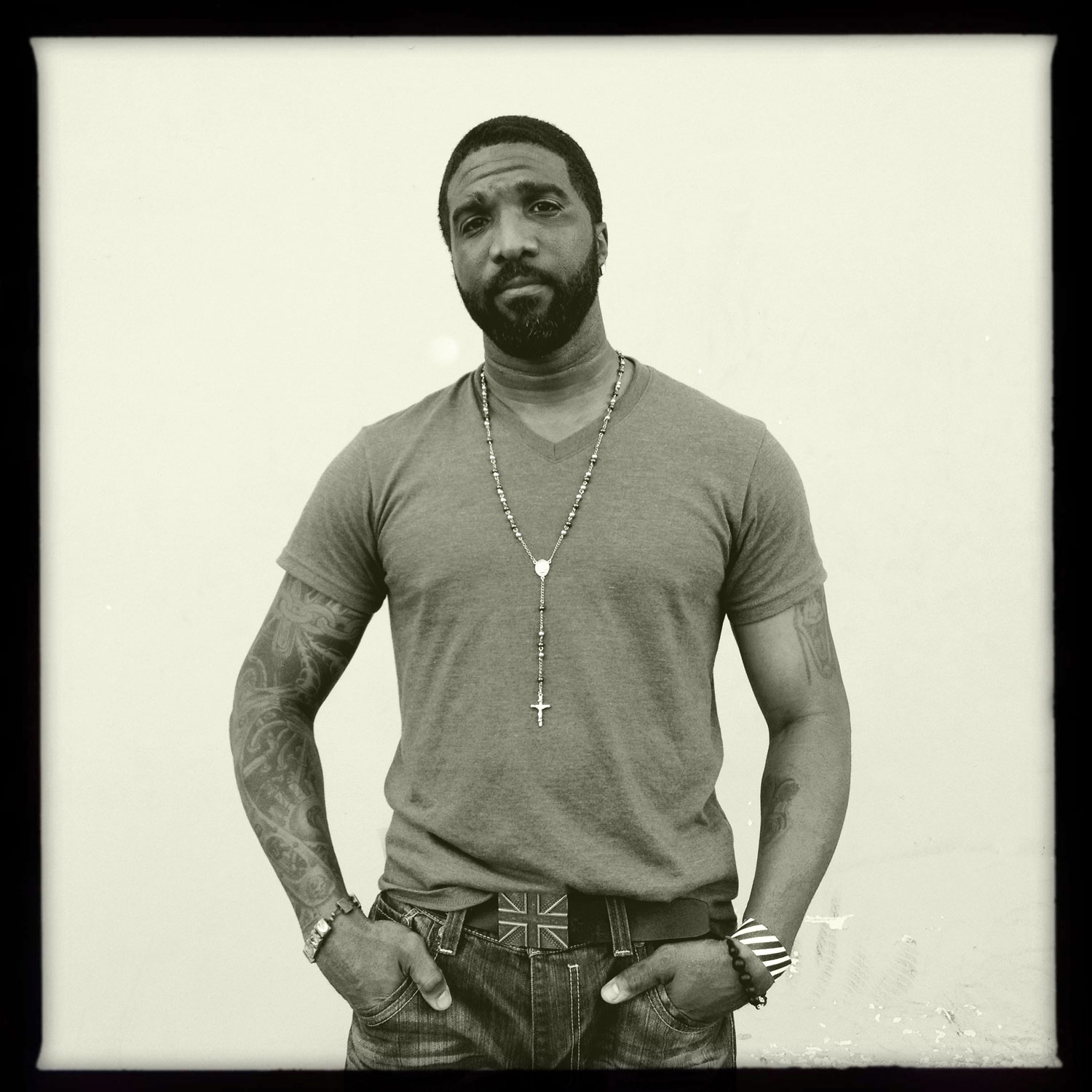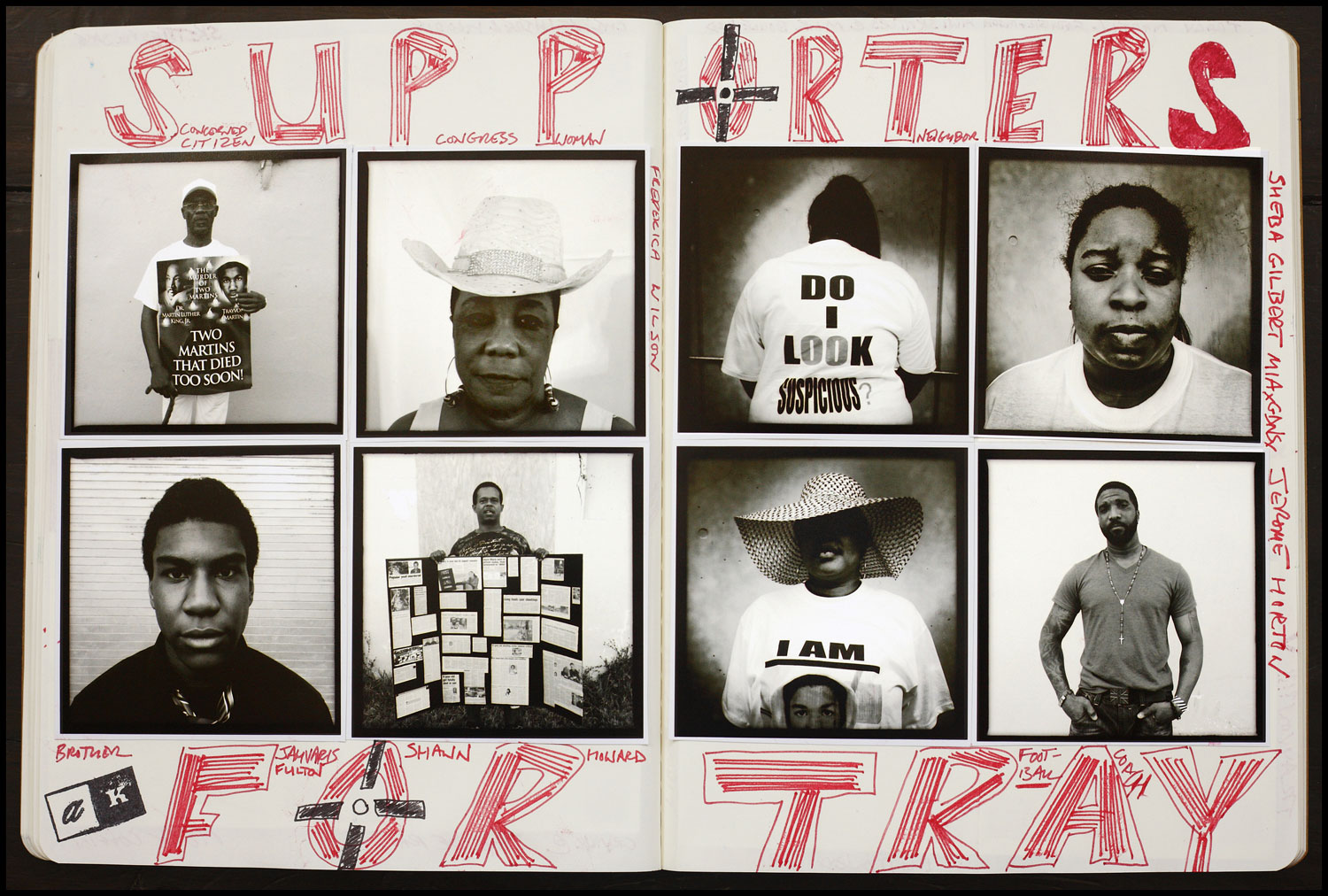
After Trayvon Martin was shot to death in Sanford, Florida on Feb. 26, police told his parents that no arrests would be made, even though Trayvon was a minor and his shooter had already confessed. Florida’s controversial Stand Your Ground law, which allows shooters to invoke self-defense rights, seemed to protect George Zimmerman, the neighborhood watchman who shot Trayvon, from all sides.
“I had no doubt in my mind what the Sanford Police Department was telling me – it didn’t sit well with me at all. Not knowing – our son,” Tracy Martin told TIME in an interview last month. “I knew at that point that my mission, personal mission, had begun. And that mission was to seek justice for my lost son.”
Hundreds of thousands of Americans soon joined this mission. Protests crisscrossed the country like wildfire, from Miami to Detroit to Los Angeles to New York to Atlanta. Churches bused participants across state lines. Entire families came, pushing infants in strollers, waving homemade signs, marching from city halls to civic centers to police stations and refusing to be overlooked. Hoodies defied Florida’s 80-degree heat. Skittles became a symbol of justice. Boycotts flared up against companies with ties to the Stand Your Ground law. And word spread that Trayvon resembled another Martin, whose mountaintop address often played in the background as crowds chanted, “No justice, no peace.”
Forty-five days and 2.2 million petition-signatures later, on April 11, Zimmerman was charged with second-degree murder in Trayvon’s death. His trial arraignment date is set for May 29.
More photos: Trayvon Martin’s death sparks national outrage, mourning
In the midst of this emotional time for so many, photojournalist Andrew Kaufman traveled across Florida to document the groundswell of protests in Miami and Sanford. During that time he began to compile the work in journals with cut up contact sheets and handwritten text. “I had to make these pictures,” says Kaufman. “Seeing the anger and frustration in the news, I felt compelled to see and talk to the people who were taking their feelings to the streets.”
Kaufman was in Sanford when special prosecutor Angela Corey filed second-degree murder charges against Zimmerman. Many people he encountered told him they felt relieved that an arrest had finally been made. But, as Travyon’s family lawyers also pointed out after the arrest announcement, there can be no real celebration. “The worst part of this project,” Kaufman says, “is knowing that Sybrina Fulton, Trayvon’s mother, won’t have her son any more.”
Andrew Kaufman is a Miami based photographer who has been a contributor to TIME since 1998. You can see more of his scrap books on his blog here.
Elizabeth Dias is a writer/reporter in TIME’s Washington bureau. Follow her on Twitter @elizabethjdias












More Must-Reads From TIME
- The 100 Most Influential People of 2024
- Coco Gauff Is Playing for Herself Now
- Scenes From Pro-Palestinian Encampments Across U.S. Universities
- 6 Compliments That Land Every Time
- If You're Dating Right Now , You're Brave: Column
- The AI That Could Heal a Divided Internet
- Fallout Is a Brilliant Model for the Future of Video Game Adaptations
- Want Weekly Recs on What to Watch, Read, and More? Sign Up for Worth Your Time
Contact us at letters@time.com